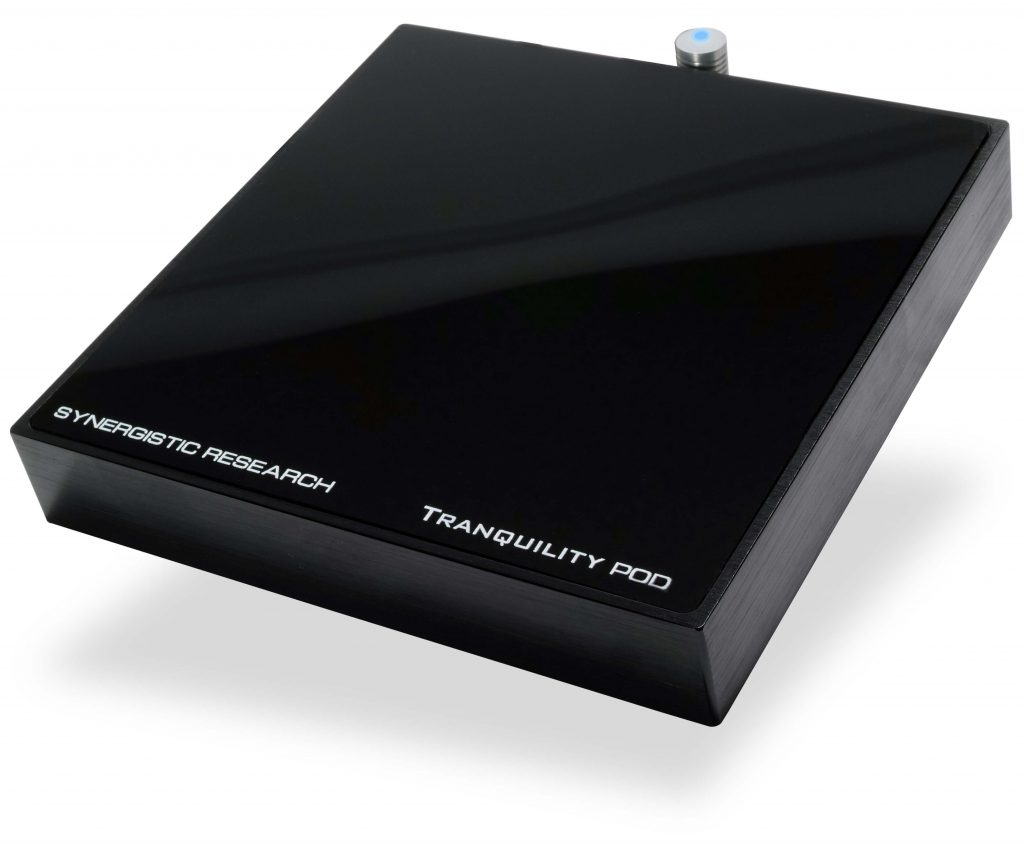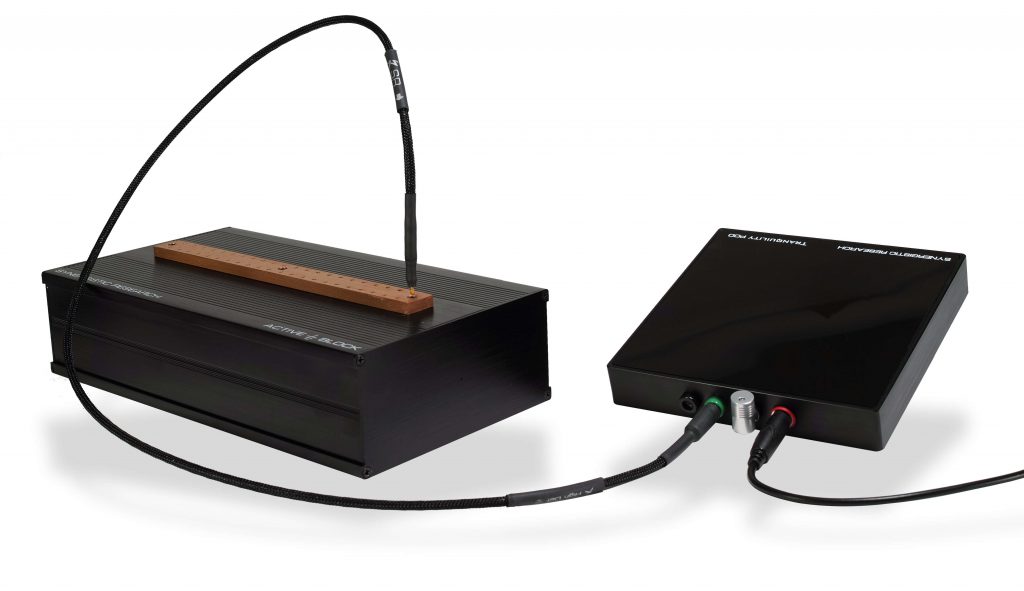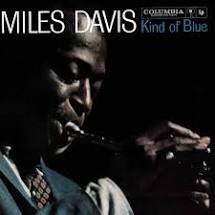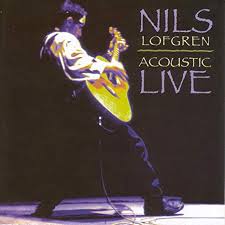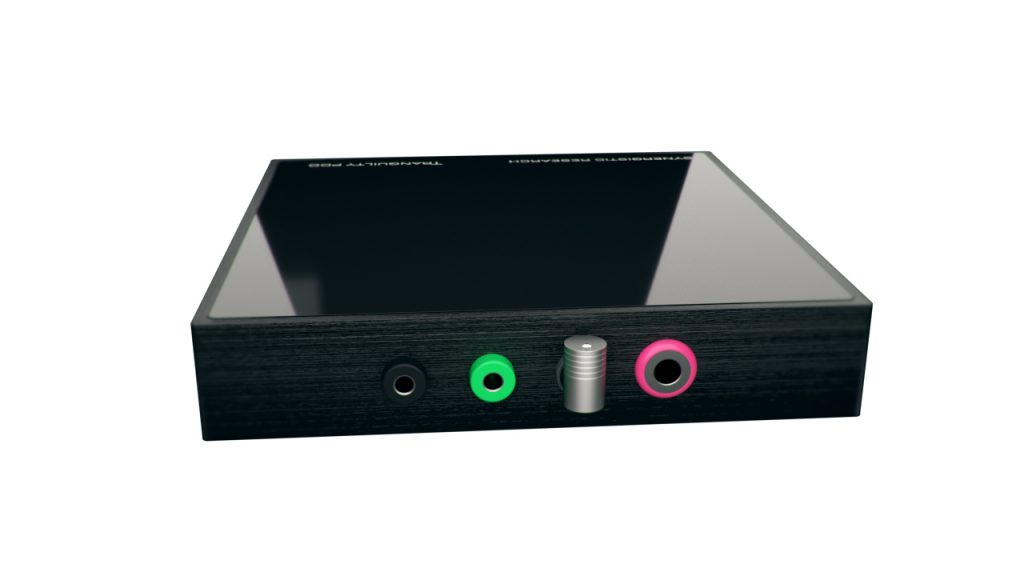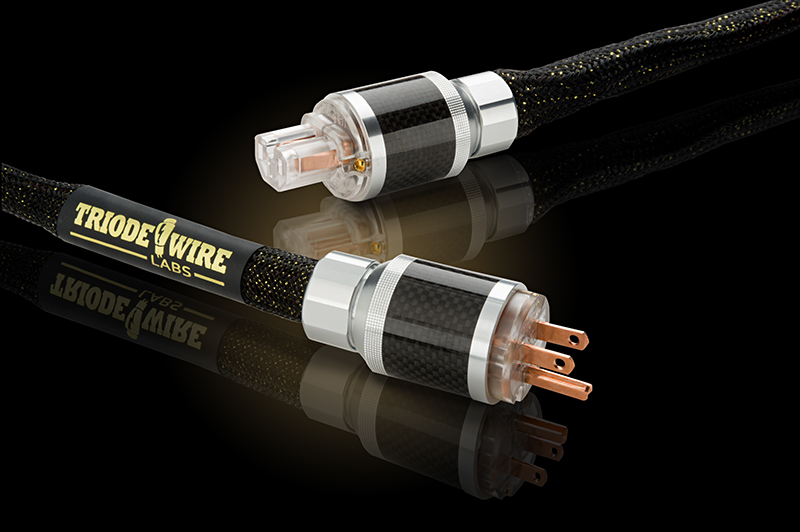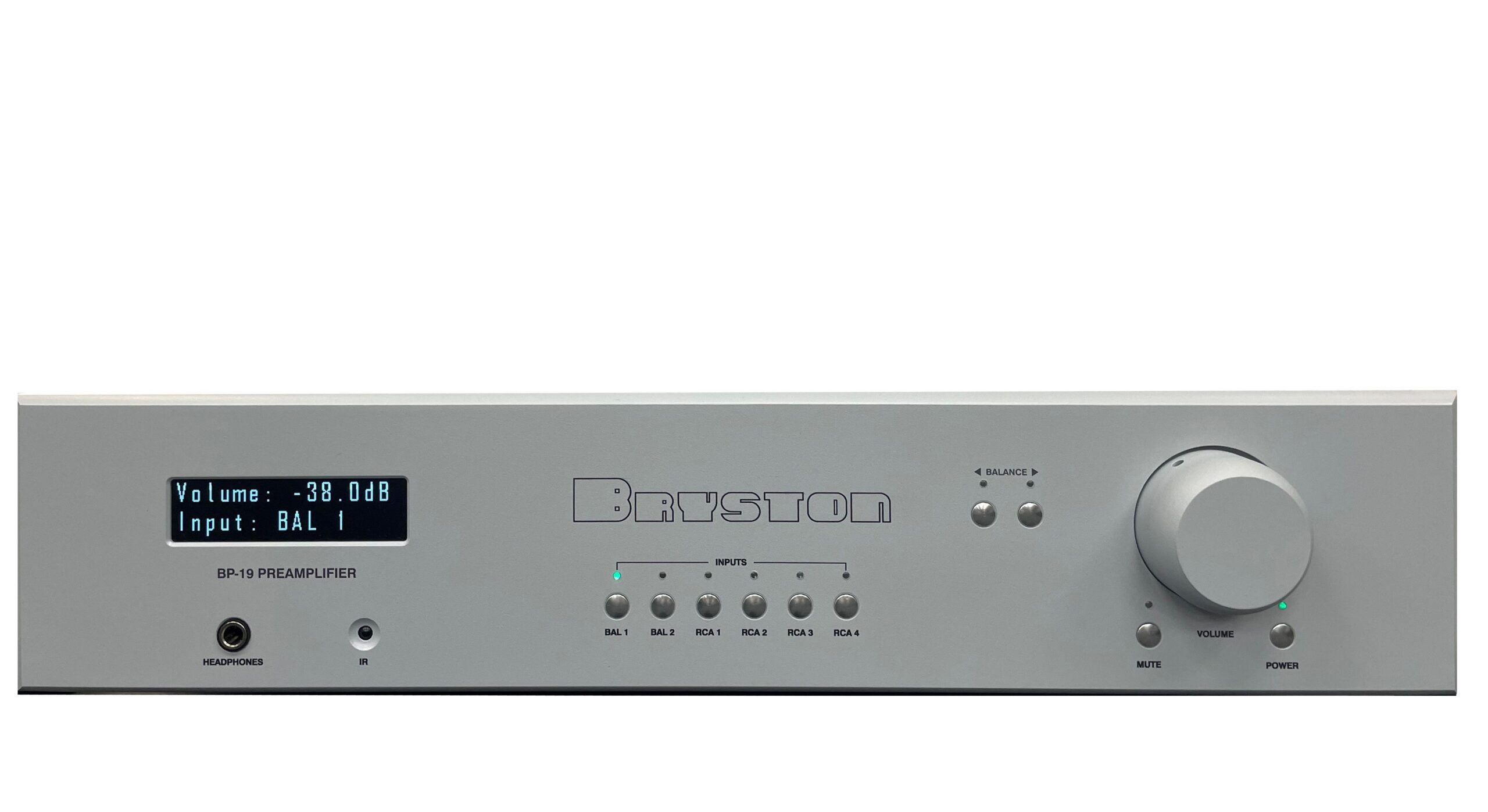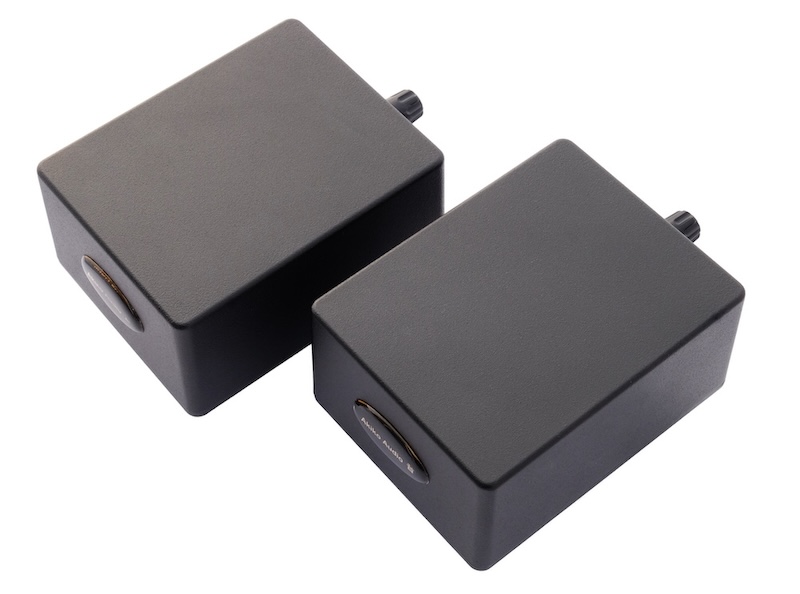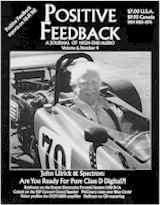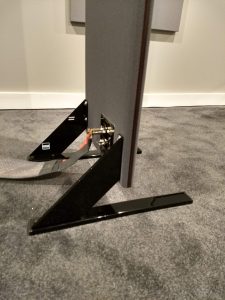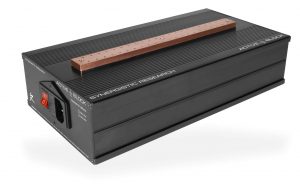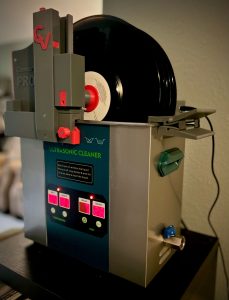It is hard to imagine any human inhabitant of planet Earth whose life has not been negatively impacted by the current Covid-19 pandemic. However, amidst this dark cloud there are a few silver linings. One of them is the way it has impacted the listening habits of audiophiles. The feedback that I have received from the hundreds of audiophile friends that I am blessed with is that the lockdown has allowed them to enjoy their hobby a lot more because it allows them to spend a lot more time at home, listening to their audio systems.
The extra time that many audiophiles have on their hands has also prompted many of them to explore how they can squeeze better performance from their audio systems. The conventional route is to upgrade some of their main components, but given the fact that Covid-19 has negatively impacted many household incomes, it is only natural for audiophiles to explore how they can improve their sound quality without spending big bucks. That has made many audiophiles look more closely at affordable tweaks, which can at times deliver almost the same improvement as upgrading a major component, but at a fraction of the cost. One such tweak is the Tranquility Pod recently introduced by Synergistic Research.
One of the hurdles that audio systems encounter, and which may prevent them from producing the level of sound quality that they would otherwise be able to deliver, is electro magnetic interference (EMI), which in many cases introduces distortion in the sound that you hear from your system. This distortion can significantly increase listener fatigue and mask micro details in the music.
Synergistic Research has had a good deal of success with its Tranquility Bases, which when placed beneath your audio components, boost their performance by conditioning the AC electromagnetic fields around the circuits inside them. The down side of these bases is that they are fairly large, heavy, and bulky and so they do not always fit in many audio component racks.
I am sure that it will come as welcome news to audiophiles that Synergistic Research's new Tranquility Pods deliver many of the advantages of their Tranquility Base via a component that is small and light enough to fit either on top of or below your audio component. The added bonus is that at $750, the Tranquility Pod is also a lot more affordable compared to the Tranquility Base.
The hand built Tranquility Pod is essentially a field generator that incorporates an active cell with Synergistic Research's UEF technology. It works by conditioning the signal via inductive coupling. According to Synergistic Research, this reduces the distortion and lowers the noise floor. This compact little component also has a ground plane that can be connected to the Synergistic Research Ground Block, which reduces ground noise to further improve the sound quality.
For this review, I tried the Tranquility Pod with all my main audio components including my preamp, DAC, CD player, digital music player, power conditioner, and phono stage. I detected an easily perceivable improvement in every case, but I found the largest positive difference when I placed one Tranquility Pod atop each of my Pass Labs mono block power amplifiers, and so this review has been conducted with the Tranquility Pod used in this manner. I also connected the Tranquility Pods to my Synergistic Research Ground Block.
I began the review with Miles Davis Kind of Blue album, which is one of the all time great jazz standards and which is revered by many jazz fans as one of the greatest jazz albums of all time.
I have heard this album well over a hundred times, and every time it never fails to remind me of the genius of Miles Davis. However, when listening to this album with the Tranquility Pod activated, it helped increase the presence of Miles Davis' horn in my listening room with nuances and subtleties emerging to the extent that I am now able to better connect with the emotions and mood that Miles decoded into his music.
It made me more aware of the fact that every note that Miles Davis plays is the perfect note, and the ideal compliment to the note that preceded it and the note that follows it. In this regard, in my opinion, Miles is not unlike Mozart, in that, if you remove or modify any note in any of Mozart's music, it will only serve to diminish the enjoyment of the music.
Next up, was the Shirley Horn album You Won't Forget Me. This is an exceptionally intimate album that belongs in every audiophile's music collection. Shirley Horn has this incredible ability to make you feel that she is singing only to you. Her lush, husky voice caresses your soul in a way that few divas can.
With the Tranquility Pods in the equation, the noise floor was perceptibly lower, allowing Shirley's voice to come through with more presence and texture. Even when her voice is barely above a whisper, the increased dynamic contrast made it sounds more full, voluptuous, and evocative. Every track in this album comes through with an extra dollop of seductiveness than I have ever heard before.
I ended the audition with Nils Lofgren's Acoustic Live Album. Every time I listen to this album I am amazed as to how just one man and his guitar in front of a live audience can sound as big as a house and almost as majestic, opulent, and grand as a philharmonic orchestra. When listening to the track "Keith Don't Go" with the Tranquility Pods doing their thing, the bass extension is hard to miss. Also, I could detect more air and a distinctively cleaner presentation. The music flows with greater ease and effortlessness resulting in a lot less listener fatigue.
The only quibble that I have with the Synergistic Research Tranquility Pod is minor. The blue light at the back of the unit is a tad too bright. I like to listen to my audio system in complete darkness, which heightens my sense of hearing. However, these blue lights are so bright, they pierce the darkness with a vengeance, which I found visually disturbing. Nevertheless, I was able to take care of this quickly and easily by placing two pieces of duct tape over the blue light, which then allowed me to detect when the Tranquility Pod is on, but without allowing this light to intrusively pervade the darkened listening room.
So is the Tranquility Pod worth its asking price? Given its relatively modest price and the apparent positive difference it makes to the quality of sound reproduction, I would have to answer in the affirmative. Besides, you need to take into consideration that Synergistic Research offers a guarantee that if you are not satisfied with the performance of the Tranquility Pod, you can return it for a full refund.
If your experience is akin to the one I had, rather than returning Tranquility Pod, don't be surprised if you find yourself giving in to the urge to order a few more of them to use with your other audio components.
Tranquility Pod
Retail: $750
Synergistic Research Inc.
11208 Young River Ave.
Fountain Valley, CA 92708
949.476.0000




